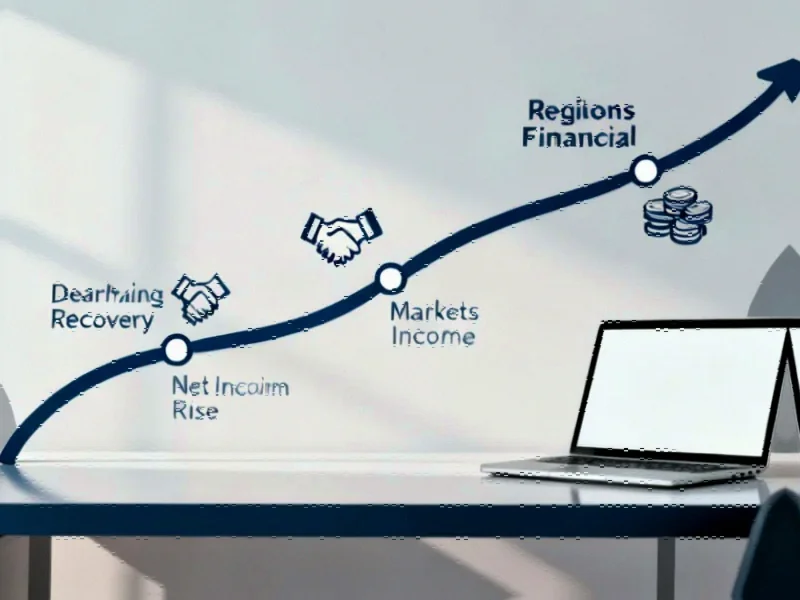The New Urban Shield: Digital Economy Agglomeration
In an era of increasing climate volatility and economic uncertainty, cities worldwide are seeking innovative approaches to bolster their resilience. Recent research examining Chinese urban development from 2001 to 2023 reveals a powerful relationship between digital economy agglomeration and enhanced urban resilience. The findings demonstrate that when digital industries concentrate geographically, they create stronger, more adaptable cities capable of withstanding various shocks and stresses.
This comprehensive study, drawing from extensive statistical data, establishes that digital clusters significantly improve urban resilience through two primary mechanisms: accelerated technological innovation and optimized industrial infrastructure. The implications extend beyond China’s borders, offering valuable insights for urban planners globally as they confront similar challenges in an increasingly digitalized world.
Understanding Urban Resilience in the Digital Age
Urban resilience represents a city’s capacity to absorb disturbance, reorganize, and maintain essential functions during crises. The concept encompasses economic stability, social cohesion, environmental sustainability, and resource management—all critical components for thriving communities. As noted in recent analysis of digital economy clusters, this multidimensional approach to resilience has become increasingly important as cities face complex, interconnected challenges.
The research framework evaluated urban resilience across four interconnected subsystems: economic resilience (ability to withstand economic shocks), social resilience (community cohesion and adaptive capacity), environmental resilience (ecosystem protection and restoration), and resource resilience (efficient management of essential resources). This comprehensive assessment provides a holistic view of how cities can maintain functionality during disruptions.
The Mechanisms Behind Digital Agglomeration Benefits
Digital economy agglomeration differs fundamentally from traditional industrial clustering. Unlike manufacturing or resource-based clusters, digital agglomerations benefit from network effects, knowledge spillovers, and scalability that transcend physical boundaries. The study identifies two primary pathways through which digital clusters enhance urban resilience:
Innovation Acceleration: Concentrated digital ecosystems foster rapid technological advancement through collaboration, competition, and knowledge sharing. This innovation extends beyond the digital sector itself, transforming traditional industries and public services. The innovation effect creates what researchers term “high-yield incentives” that drive overall urban adaptation capacity.
Structural Optimization: Digital agglomeration enables more efficient resource allocation and infrastructure development. This “structural effect” helps cities overcome “high-cost restraints” that might otherwise limit resilience investments. The restructuring extends to energy systems, transportation networks, and emergency response capabilities—all critical components of urban resilience.
Spatial Dynamics: Tournament and Backflow Effects
The research uncovered fascinating spatial patterns in how digital agglomeration influences urban resilience. The “tournament effect” describes how early digital economy concentration positively impacts urban resilience in subsequent periods. Cities that established digital clusters earlier created foundations that continued to yield resilience benefits years later.
Simultaneously, the study identified a “backflow effect” where digital agglomeration immediately reinforces resilience within specific regions during the same time period. This immediate benefit demonstrates the powerful reinforcing nature of digital ecosystems. These spatial dynamics highlight the importance of strategic timing in digital development policies.
These findings align with broader industry developments in artificial intelligence and automation that are transforming how cities operate and respond to challenges.
The Government’s Crucial Role in Digital Transformation
Heterogeneity analysis within the study revealed that government digital engagement significantly moderates the relationship between digital agglomeration and urban resilience. Cities with higher levels of government digital involvement demonstrated stronger resilience benefits from digital clustering. This suggests that proactive digital policies and infrastructure investments amplify the positive effects of private sector digital concentration.
Government attention to digital transformation appears to create enabling environments where digital clusters can maximize their urban resilience contributions. This includes everything from digital literacy programs to smart city initiatives and data governance frameworks that support innovation while managing risks.
Urban Agglomerations: Amplifying Digital Benefits
The research found particularly pronounced effects within established urban agglomerations—metropolitan regions containing multiple interconnected cities. Digital economy agglomeration had more significant positive impacts on resilience in these integrated urban systems compared to isolated cities. The interconnected nature of urban agglomerations allows digital benefits to circulate more freely across jurisdictional boundaries.
This finding has important implications for regional planning, suggesting that resilience strategies should consider metropolitan-scale digital development rather than focusing exclusively on individual municipalities. The spatial spillover effects observed in the study indicate that digital resilience benefits don’t respect administrative borders.
Methodological Innovations and Research Contributions
The study employed sophisticated methodological approaches to establish causal relationships, including instrumental variables to address potential endogeneity concerns. By incorporating both temporal and spatial dimensions, the research provides robust evidence about how digital agglomeration influences urban resilience over time and across geography.
The spatial econometric models used in the analysis captured spillover effects that traditional linear regression might have missed. This methodological rigor strengthens the findings and provides a template for future research at the intersection of digital economy and urban studies.
These analytical advances complement other recent technology breakthroughs that are enabling more sophisticated urban systems and resilience planning tools.
Implications for Sustainable Development
The research findings directly support the United Nations 2030 Agenda for Sustainable Development, particularly Goal 11: making cities and human settlements inclusive, safe, resilient, and sustainable. Digital economy agglomeration emerges as a powerful strategy for advancing these objectives in an increasingly urbanized world.
For developing economies undergoing rapid urbanization, the study offers insights about how to sequence digital development and resilience building. The documented time-lagged benefits suggest that early investments in digital infrastructure can yield long-term resilience dividends.
This connection between digital concentration and urban strength reflects broader related innovations across scientific fields that are enhancing our understanding of complex systems and their adaptive capacities.
Future Directions and Practical Applications
The research opens several promising avenues for both further study and practical implementation. Future work could explore specific policy mechanisms that maximize the resilience benefits of digital agglomeration while minimizing potential negative externalities. Additionally, comparative international studies could reveal how different governance models and economic systems shape the digital resilience relationship.
For urban planners and policymakers, the findings suggest concrete strategies for building resilience through targeted digital development. These include fostering digital innovation districts, creating digital infrastructure corridors between cities, and developing metrics to track the resilience contributions of digital economic activities.
The growing importance of digital systems in urban resilience parallels market trends toward data-driven solutions across multiple sectors, from healthcare to environmental management.
Conclusion: Toward Digitally Enhanced Urban Futures
The compelling evidence connecting digital economy agglomeration with urban resilience provides both hope and direction for cities navigating an uncertain future. As digital technologies continue to evolve and permeate urban systems, their potential to strengthen cities against economic, environmental, and social shocks becomes increasingly significant.
The research demonstrates that strategic concentration of digital economic activities—when supported by appropriate policies and governance—can transform cities from vulnerable points of concentration to resilient networks of adaptation and innovation. This digital resilience dividend represents one of the most promising pathways toward sustainable urban development in the 21st century.
For industrial and urban stakeholders, the message is clear: integrating digital economy development with resilience planning creates synergistic benefits that exceed what either approach could achieve independently. The cities that thrive in coming decades will likely be those that successfully harness the power of digital agglomeration to build comprehensive, multi-dimensional resilience.
This article aggregates information from publicly available sources. All trademarks and copyrights belong to their respective owners.
Note: Featured image is for illustrative purposes only and does not represent any specific product, service, or entity mentioned in this article.



